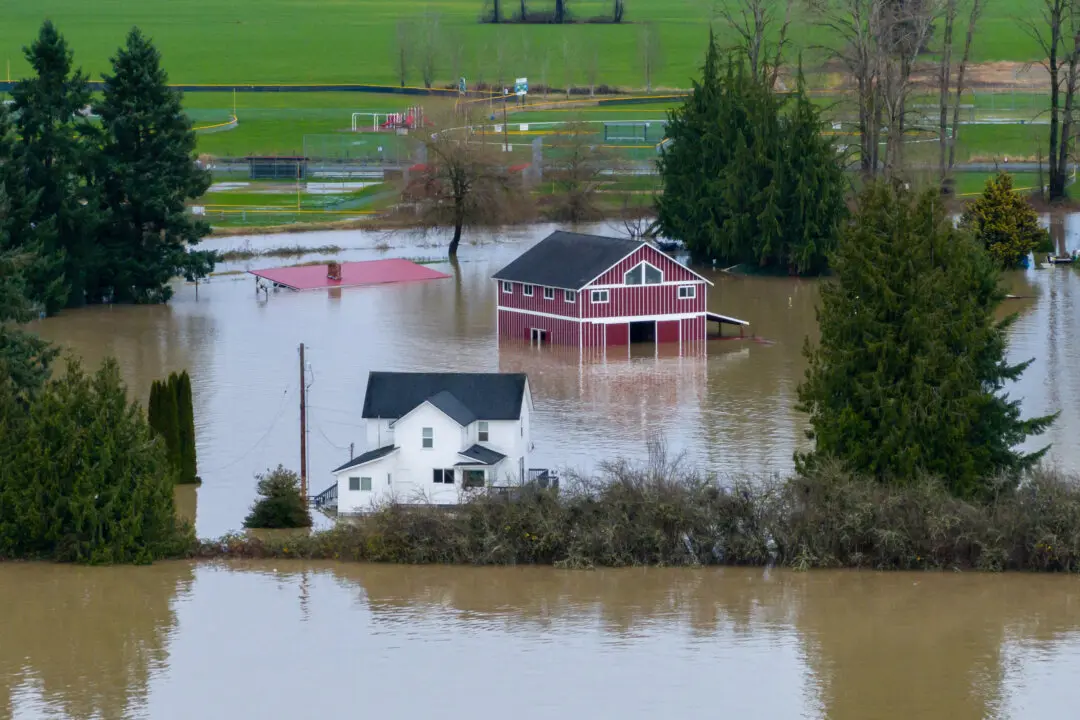U.S. airlines canceled high numbers of flights as they tried to recover from storms while accommodating growing crowds of summer vacationers.
By early afternoon on Saturday in the United States, airlines have scrubbed more than 700 flights after canceling more than 1,400 on Friday, according to tracking service FlightAware.





